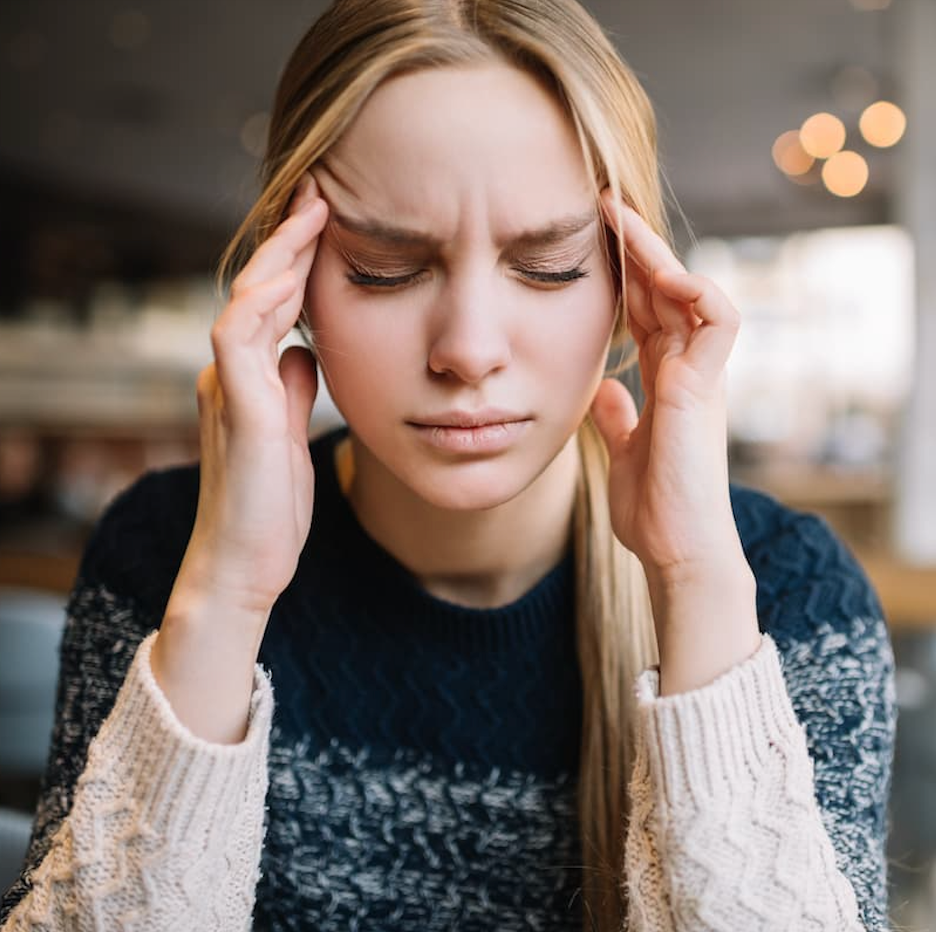rTMS Treatment Reduces Headache Days and Psychological Distress
Most (70%) patients with new daily persistent headache receiving repetitive transcranial magnetic stimulation reported a ≥ 50% improvement in pain severity and a mean reduction of 10.84 headache days per 28 days.
By
Lana Pine
| Published on September 20, 2024
4 min read
Credit: Adobe Stock/Oleksii

Repetitive transcranial magnetic stimulation (rTMS), targeting the left prefrontal cortex, significantly reduced both the frequency and severity of new daily persistent headache (NDPH), as well as associated symptoms of anxiety and depression, according to a study published in The Journal of Headache and Pain.
NDPH is defined as a continuous, disabling headache from onset that is resistant to traditional pharmacological treatments for a period of more than 3 months without another diagnosis. The condition affects 4% of people globally and accounts for 35% of chronic daily headaches (CDH) among pediatric patients and between 2.5% and 10.8% among adult patients.
rTMS is a non-invasive and safe treatment option that has shown promise for other headache disorders, including migraine, but has not been well-studied in NDPH.
“There is currently no known treatment for NDPH,” wrote a group of investigators from Sanjay Gandhi Postgraduate Institute of Medical Sciences (SGPGIMS) in Lucknow, India. “New options must be investigated given the lack of effective therapies.”
To assess the efficacy of rTMS in reducing the frequency and severity of headaches, as well as depression and anxiety symptoms, investigators conducted an open label, prospective, single arm, interventional pilot study between October 2022 and September 2023 at a tertiary care center in Northern India.
Patients received 10 Hz rTMS, comprised of 600 pulses in 10 trains, delivered to the left prefrontal cortex for three consecutive days. Headache severity post-treatment was recorded weekly for four weeks. At the end of the four-week trial, the number of headache-free days, functional disability, the Patient Health Questionnaire-9 (PHQ-9) score and the General Anxiety Disorder-7 (GAD-7) score were compared with pre-treatment parameters.
The primary outcome was a ≥ 50% reduction in headache severity based on the visual analog scale (VAS) score and a decrease in headache days from baseline. The secondary outcome was a ≥ 6-point reduction in headache impact test (HIT-6) score at the 4-week mark.
A total of 50 patients were recruited into the study, with a mean age of 35.06 years and 62% were female. At baseline, patients reported 28 headache days over a 28-day period.
Most (70%) patients with NDPH reported a ≥ 50% improvement in pain severity and a mean reduction of 10.84 headache days per 28 days. A ≥ 6-point reduction in HIT score at 4 weeks was observed in 38 patients (76%). Patients with NDPH and chronic migraine showed the maximum improvement in these parameters. The median PHQ-9 scores reduced from 11.5 to 7 and GAD-7 scores reduced from 10 to 5.5.
Adverse events were rare, although two patients reported intolerance to the sound of rTMS.
Investigators mentioned limitations of the study such as the small sample size and the treatment duration. However, the frequency of sessions, site of stimulation, frequency of stimulation and duration were chosen based on the protocol used to treat migraines. The single arm study was another limitation, although they did not include a sham stimulation arm because of the small sample of participants and issues related to sham stimulation in rTMS.
“Repetitive transcranial magnetic stimulation holds promise as a potentially effective and well-tolerated therapeutic intervention for new daily persistent headache patients as a prophylaxis,” investigators concluded. “Improvement in headache symptoms may also improve functional disability, anxiety, depression, and thus the overall quality of life. However, our study requires external validation in a placebo-controlled, large cohort study.”

